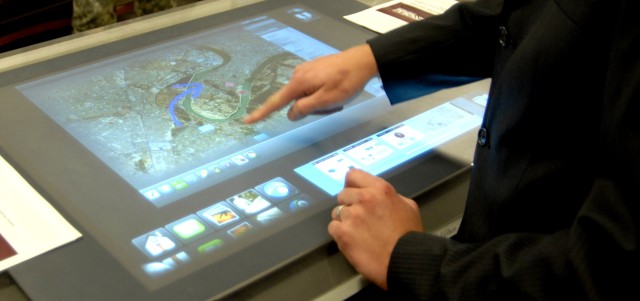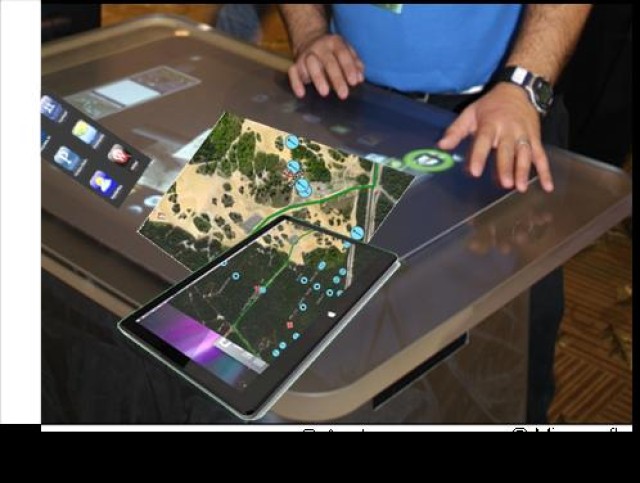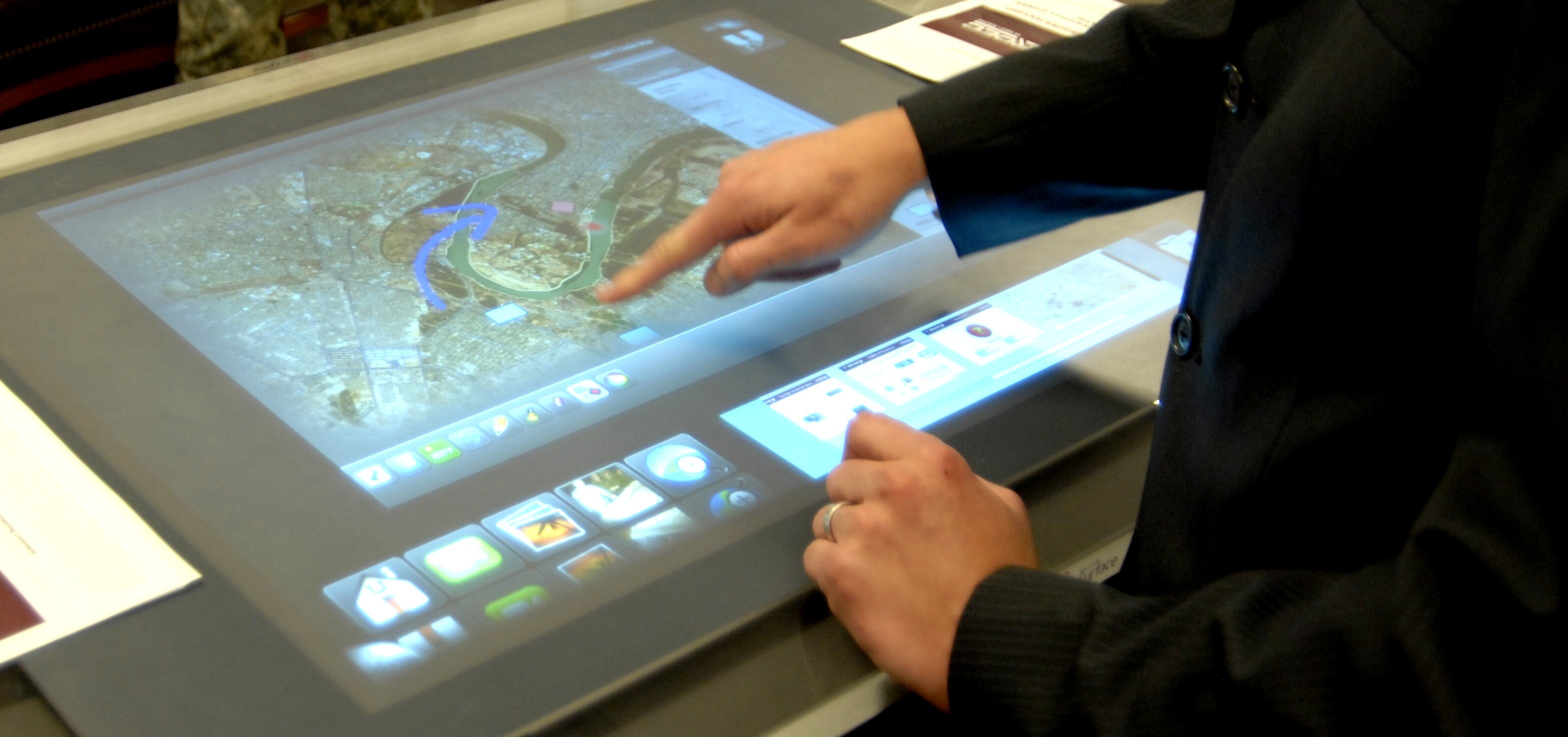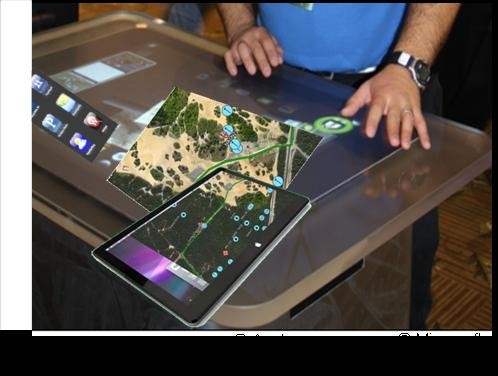FORT MONMOUTH, N.J. Aca,!" The U.S. Army extended a Cooperative Research & Development Agreement with Microsoft on April 16 to share research in support of developing hand-held and multi-touch technology for the Warfighter through 2013.
Although the U.S. government represents Microsoft's single biggest customer, the CRADA with the U.S. Army Research, Development and Engineering CommandAca,!a,,cs communications-electronics center represents only the second joint research project Microsoft has throughout the federal government and the Department of Defense.
The initial CRADA between Microsoft and the RDECOM Communications-Electronics Research, Development and Engineering Center was signed in 2009 and focused on the applicability of multi-touch technologies to command and control systems. The new agreement with CERDECAca,!a,,cs Command and Control Directorate will include hand-held devices, apps development and cognitive-based software.
Aca,!A"Our research umbrella has expanded since we originally wrote the CRADA and as a result, we extended the reach of what was covered in the agreement. We added tasks for Windows Phone 7, Windows Mobile, Project Natal, Windows Azure, SharePoint, Office Communications Server and BizTalk,Aca,!A? said Ron Szymanski, C2D technical lead for the Collaborative Battlespace Reasoning and Awareness Army Technology Objective, or COBRA ATO.
The COBRA ATO seeks to develop capabilities for greater collaboration and interoperability within all levels of command, control, communications, computers, intelligence, surveillance and reconnaissance - particularly the intelligence, operations and geospatial communities.
COBRA's collaboration services, decision-support software products, commercial joint mapping toolkit enhancements and unified net-centric data strategies will allow multiple Warfighter echelons and staff sections to dynamically access, process and share relevant data despite using different systems or operating in a distributed environment.
The goal is to reduce training costs and enable faster, higher-quality decision cycles and increased Battle Command Unification, Szymanski said.
The first year under this CRADA has been highly successful for both parties by enabling integration between Microsoft products and Army R&D and Program of Record solutions, Szymanski said.
One success stemming from the CRADA was the development of the Command and Control Multi-touch Enabled Technology. COMET is a multi-touch surface that enables commanders and planners to interact with computer simulations of familiar analog planning tools, such as maps and acetate overlays, without using a keyboard or mouse.
The multi-user environment allows planners to zoom in for additional detail, change from raster to vector maps and contribute in real time to group activities such as war gaming, rehearsal or after-action reviews.
"We became interested in researching the problems associated with developing a face-to-face, digitally-assisted analog collaboration tool," said Cyndi Carpenter, a systems engineer with the COMET team.
"In essence, we were looking to explore what an 'electronic sand table' might look like or how we could build electronic maps that would behave like normal maps, but have special capabilities. Because multi-touch technology lowers the barriers between the computer and its human users, these systems are approachable, easy to use and powerful," she said.
The extended partnership with Microsoft will support CERDEC efforts to adopt and adapt new commercial technologies to meet Army needs, said Dr. Gerardo J. Melendez, director of CERDEC C2D.
"Not only is the CRADA contributing to our efforts in information-knowledge management, itAca,!a,,cs also helping us to be in front of the implementation edge by better understanding what is coming over the commercial sector horizon," Melendez said. "And this, in turn, enables us to be more timely in developing capabilities for the Warfighters."




Social Sharing